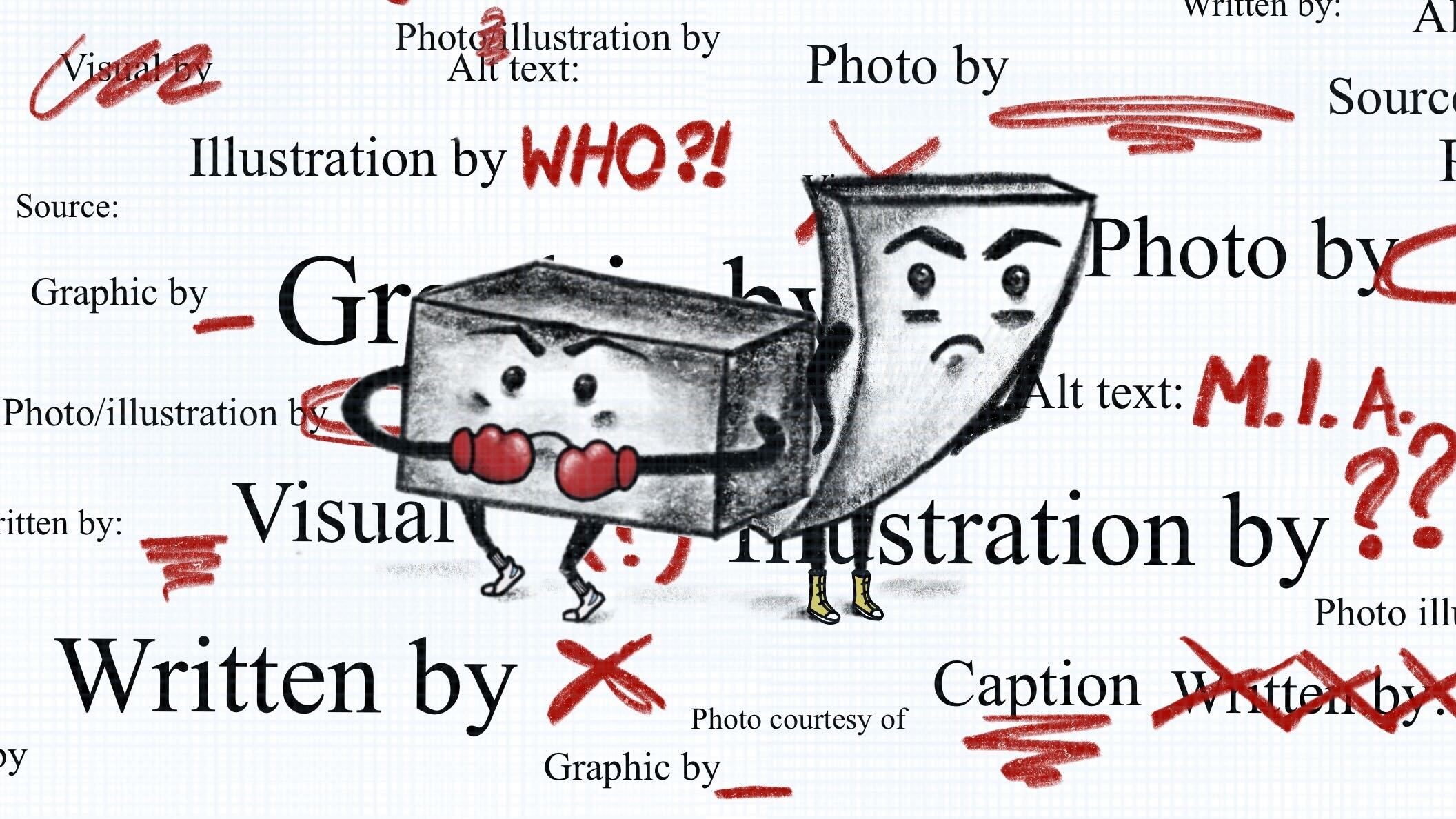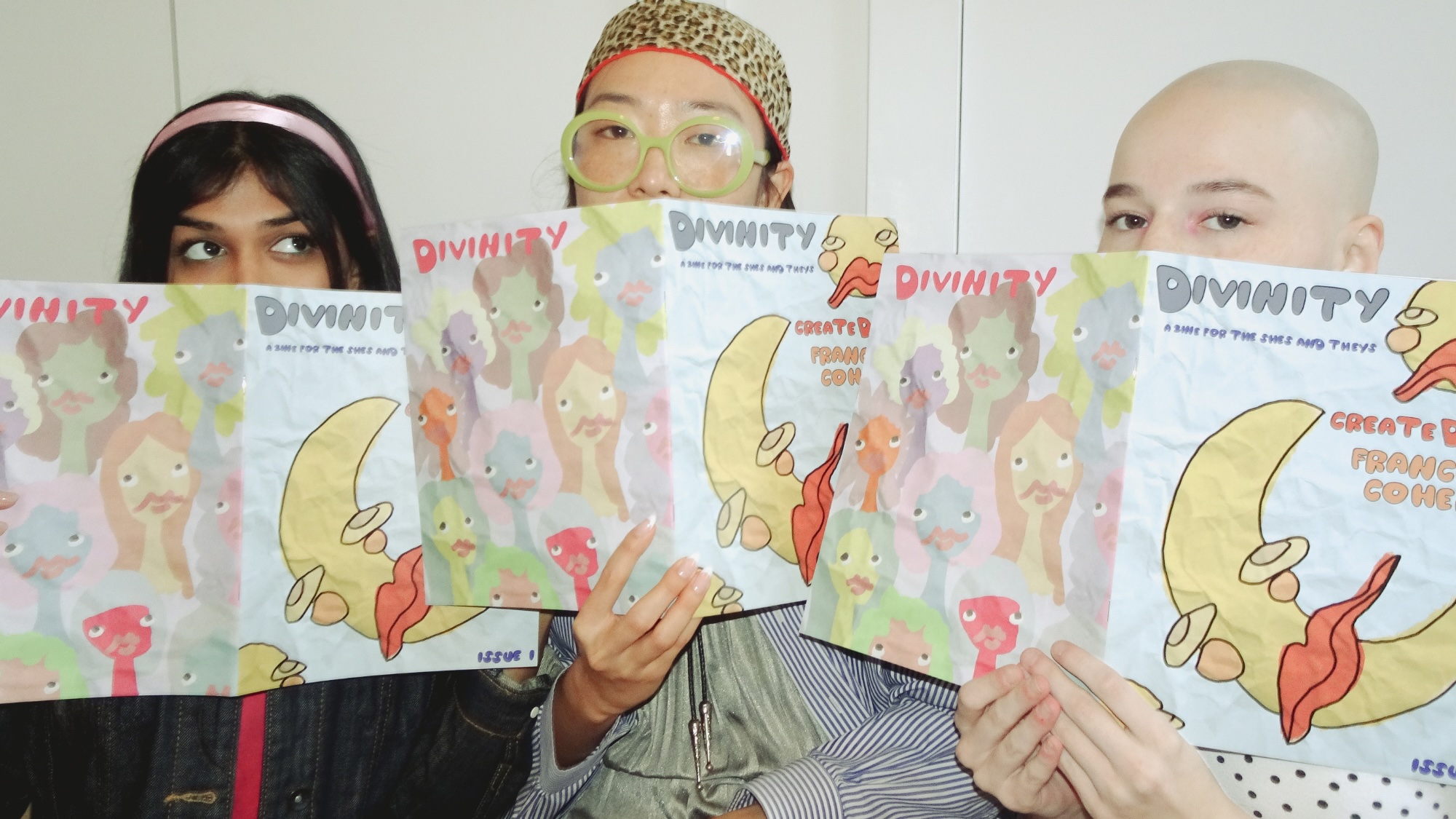Just 6 months after the release of Luca Guadagnino’s previous film, Challengers, fans might wonder if Queer was a rushed project. However, when introducing the film at the New York Film Festival, Guadagnino mentioned that this has been a passion project of his since he was 18. Clearly, the film has had an adequate amount of time to simmer despite the quick turnaround. The film depicts the story of a queer romance, and while this is a recurring theme in Guadagnino’s work, Queer stands apart from his previous projects.
The film premiered in select theaters in New York City and Los Angeles on Nov. 26 and will be released nationwide on Dec. 16. While Guadagnino’s past films often follow traditional narrative frameworks, Queer breaks those standards, shattering any expectations. The director, already known for his intricate attention to detail, takes that quality to an entirely new level. With a more experimental approach, this film delves into darker storylines, exceeding the boundaries of what fans might expect. Queer is Guadagnino’s most innovative work yet.
The film, based on William S. Burroughs’ acclaimed novel Queer, follows Lee (Daniel Craig), a queer American man living in Mexico City in the 1940s. He moved to Mexico to avoid the threat of arrest in the United States due to his heroin use, and more importantly, to acquire a sense of freedom to embrace his sexuality. Lee spends his days in the local gay bars, spending hours conversing with his odd and gregarious friends, and American students. The beginning of the film presents what seems like a typical romance, with Lee developing an infatuation with Eugene Allerton (Drew Starkey). When referring to his sexuality, Eugene says “I’m not queer, I’m disembodied.”
When Burroughs first wrote Queer in the 50s, it was unlike anything that had been written thus far. The story follows two queer men with fluid sexualities, each having had relationships with both women and men. While Burroughs was not allowed to publish the story in 1952 due to its portrayals of homosexual longings, it would eventually be referred to as “a neglected work that became legendary in its very absence” after its release in 1985. Because the media’s depiction of queerness is constantly evolving in an ever-changing world, the public response to this story will continuously change as well. With this being the first film adaptation of the story, it certainly has the potential to uphold a similar legacy — despite some critics referring to the film as aimless.
One of the most notable scenes occurs early in the film, when Lee sees Eugene for the first time, set to “Come As You Are” by Nirvana. Although the audience reacted with chuckles and grins to what seemed like an odd song choice, the track combines a sense of sexiness with a familiar, almost nostalgic feel, fitting the moment perfectly. The soundtrack features songs from artists such as Prince, Radiohead, and Fleetwood Mac, with several other Nirvana songs played throughout. In addition, a collection of contemporary songs were composed for the film by Trent Reznor and Atticus Ross, who created the acclaimed soundtrack for Challengers. These instrumental songs created an eerie atmosphere in certain scenes, exuding the energy of a thriller at certain moments. While some might find these unusual additions to a period piece, the film’s contemporary and ominous soundtrack helps set it apart.
The film is split into multiple chapters, separating the first half of the film, as the two fall in love, and the second chapter, when the two travel together. The romantic appearance of the film completely fades within chapter two and becomes quite dark and disturbing. This chapter mainly focuses on Lee as he continuously grows more ill from his addiction to heroin.
While admiring the nuanced way that the story was portrayed, the content does collapse within itself a bit during the second chapter. This part will certainly be confusing to viewers who haven’t read Queer and don’t know anything about Burroughs’ life, as it includes a lot of symbolic moments representing Burroughs’ grief over murdering his wife. Although Queer is heavily inspired by Burroughs’ life experiences, these symbolisms do not make much sense given the direction of the film’s storyline.
Another standout aspect of the film was Daniel Craig’s performance, which presumptively could earn him nominations for Best Leading Actor during awards season. Craig stepped outside the box with this role, and he nailed it. While best known for playing James Bond, Craig delivers an incredibly vulnerable performance in Queer, perfectly capturing Lee’s quirky and perverse mannerisms. From raw moments like sexual encounters and opioid-induced sickness to performing interpretive dances with Drew Starkey while their skin merged, he gives a truly compelling portrayal of the character.
Queer successfully displays a raw and intense love story, while also delving into the severe desperation that addiction causes. Its entrancing visuals not only enhance the storytelling but reimagine the cinematic depiction of the human body in narrative form. Viewers will be just as enthralled with the film as Lee is with Eugene. If you get the chance to see this film while it’s still in theaters, prepare yourself for a transformative cinematic experience.








Leave a Reply